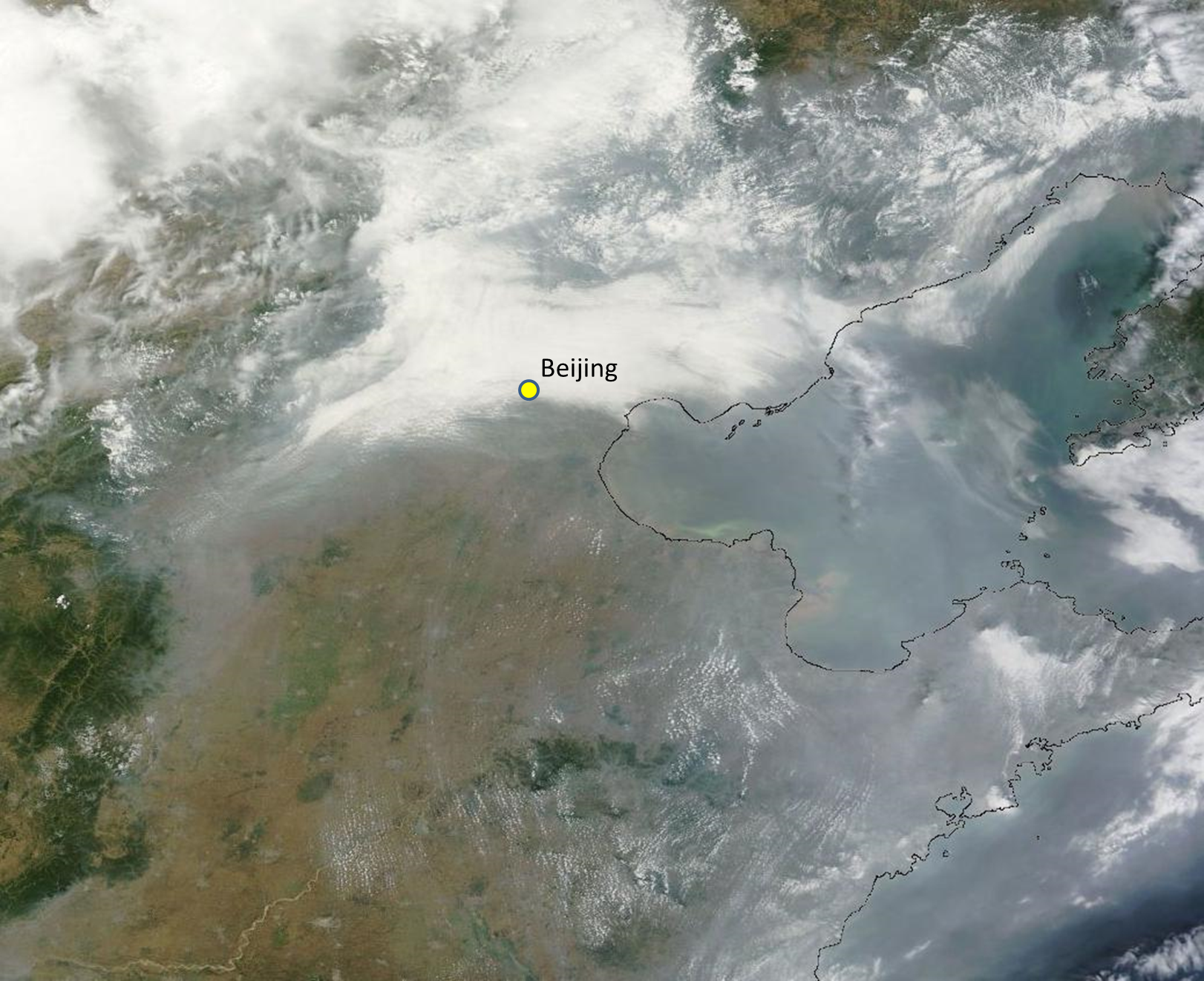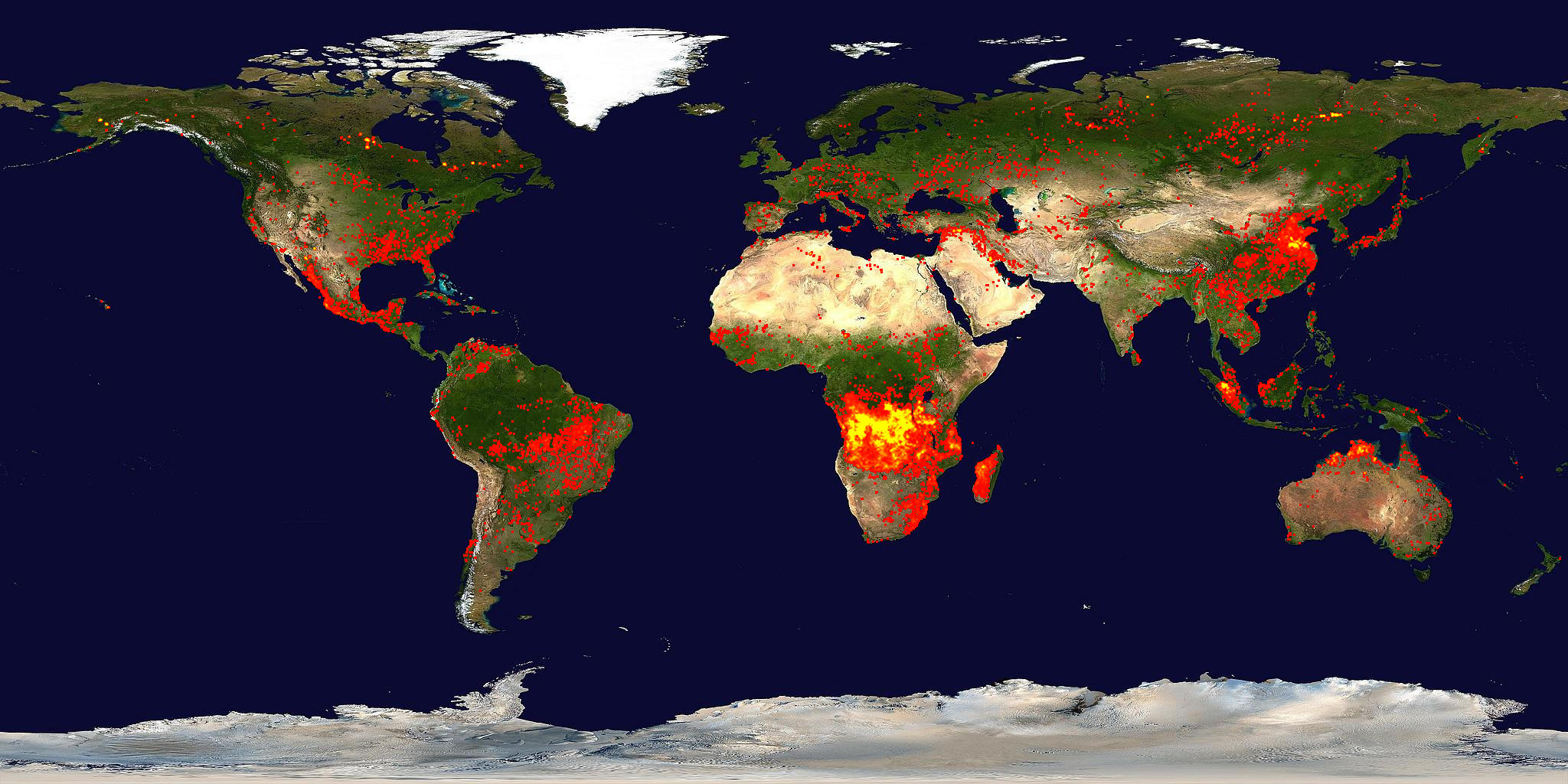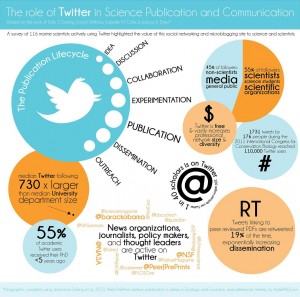I haven’t posted anything here for about a week – an eternity in the land of constant chatter (the internet). I’m working on a couple of publications, which take a lot of concentration, so that’s my main excuse. My secondary excuse is that I’ve been prowling around the twitter-verse. Science talk on twitter has been active! Hard to quantify, but just seeing how much many prominent climate scientists (defined by publications, say), advocates, and climate-related groups are posting makes me think that some of discussion that twitter is a good venue for quickly disseminating science are on the right track. Facebook always felt stilted to me and seemed more like something you do with friends and family then the general world. Twitter feels different, but like I said, it’s hard to quantify. The best hashtag I’ve been witness to has been #ActOnClimate in response to President Obama’s speech announcing his administration’s Climate Action Plan (PDF with more details) and also since then. #ActOnClimate was trending high all afternoon on the day of his speech, for example. So my recent posts have been at the level of tweets and that’s about it. Here is a snippet of my activity.
Science, global warming, and education news:
part of the #ActOnClimate issue is communication of the science thru education. this report seems like good news: http://t.co/Ls7MyUNynU
— Brian Magi (@brianmagi) July 5, 2013
Dynamics of a still mysterious part of the Earth that is above sea level (of course the oceans have many more mysteries!):
Great write-up with links by @BBCAmos about new study talking about mysterious dynamics of ice underneath Antarctica http://t.co/GcVlZ3n9Hy
— Brian Magi (@brianmagi) July 4, 2013
Back to my roots with aerosol research and the myriad of dampening effects these little particles have on phenomena:
Earth is complex! A new study talks about damping effect aerosols seem to have on storms http://t.co/lSrBDF7WZg in @NatureGeosci
— Brian Magi (@brianmagi) July 4, 2013
Are eating habits going to be forced to change? I’m not 100% convinced of this, but I am 100% worried if climate science suggests that hamburgers have to go!
#ActOnClimate Adaptation to #globalwarming is more than building smarter cities. see post by @TheDailyClimate at http://t.co/HsoaLZhrR5
— Brian Magi (@brianmagi) July 4, 2013
go to @brianmagi for more. If you have your own climate action plan going in the Charlotte area, I’d love to hear from you on twitter or email.




